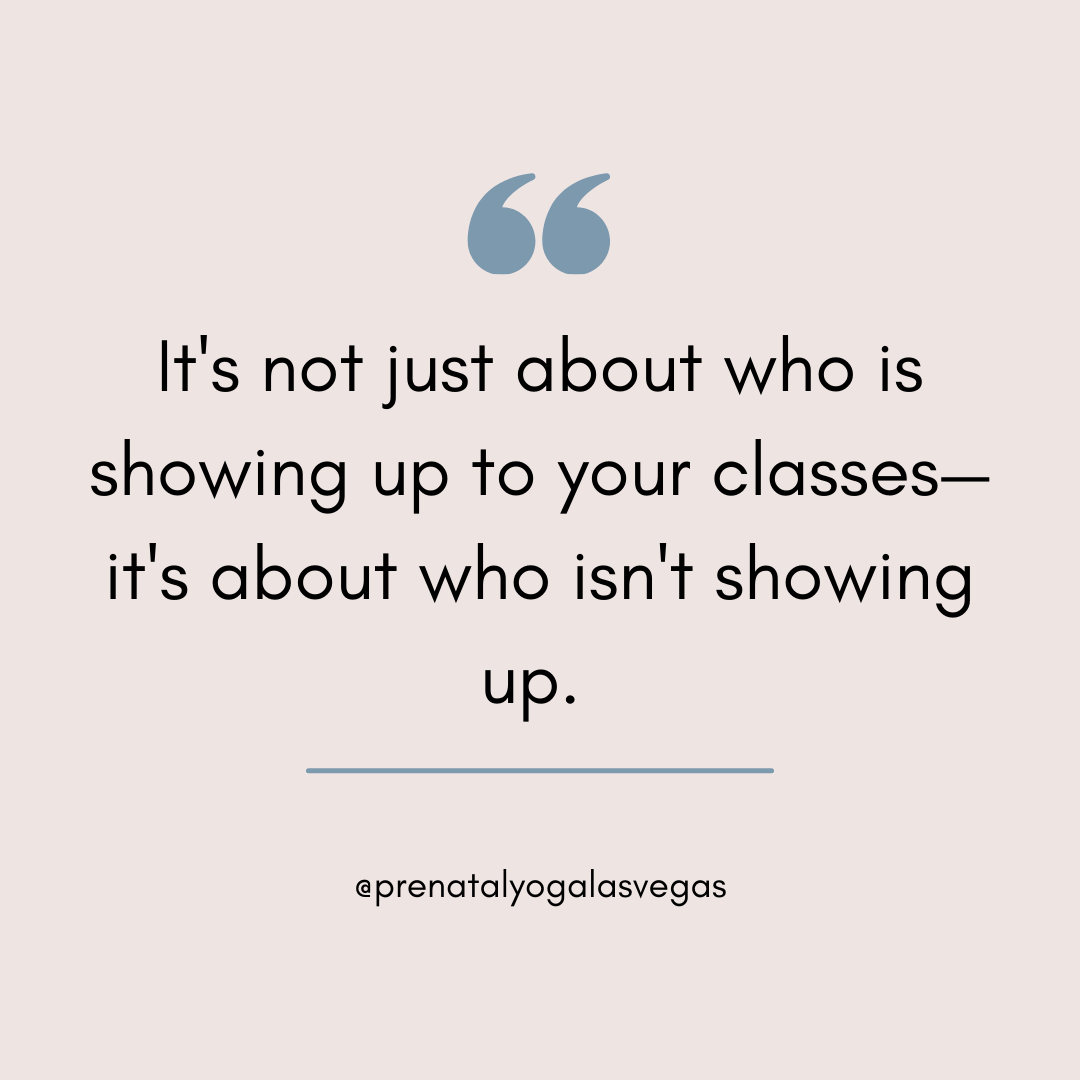Are You an Inclusive Yoga Teacher?
The yoga world, especially in the maternity and perinatal spaces, is often seen through a narrow lens. It's a space that's frequently heteronormative. Couple that with the yoga community which is typically dominated by images of white, skinny, able-bodied individuals. As yoga teachers, we have the power and responsibility to reshape this narrative—to make yoga more inclusive and welcoming space for everyone.
Living and teaching in Las Vegas for the past decade, I've seen firsthand the incredible diversity within our community. However, when I first stepped into the birth world in 2014, diversity was sorely lacking. There were very few providers and birth workers of color, and the space felt exclusive in more ways than one.
So, what does it mean to be an inclusive perinatal yoga teacher?
Do your classes cater to different students and abilities?
Do you only teach at studios, or do you offer classes in underserved communities?
Are you still using words like "mama," "natural birth," or "getting your body back"?
Do you assume everyone loves being pregnant and is excited to become a parent? (or maybe pregnancy doesn’t end in parenthood?)
Do you assume everyone wants to have a “natural birth”?
(Keep in mind, this is a short list and does not encompass the full range of inclusivity. If you would like to learn more, join our Prenatal Yoga Teacher Training.)
It's not just about who is showing up to your classes—it's about who isn't showing up. Who feels left out or unseen? Being an inclusive yoga teacher isn't just about attracting more students; it's about becoming a better, more skilled teacher.
Teaching a homogeneous group is easy. But teaching a diverse group, with varied needs and backgrounds, requires skill, empathy, and adaptability.
One of the core values I hold dear is the desire to make everyone feel welcome and good in their practice. I've been in situations where I didn't feel welcome—where the space was intimidating, even when I was younger and in my most fit, able-bodied self. That experience drives me to create a different environment for my students.
Here are some of the ways I've worked to be a more inclusive yoga teacher:
Teaching in Non-Traditional Locations: I've taken my classes outside the typical studio setting, bringing yoga to places where it may be more accessible to the community.
Offer Free or Low-Cost Classes: By reducing financial barriers, I aim to make yoga accessible to more people, regardless of their financial situation.
Using Inclusive Language: Language matters. I've shifted away from terms like "mama" or "getting your body back" to words that are more inclusive of all experiences and identities.
Thoughtful Classroom Setup: In my prenatal classes, I often arrange the room so students face each other, or we sit in a circle. This setup fosters connection and makes students feel more comfortable. I've been in classes where being positioned next to someone in an intimate pose felt uncomfortable. My goal is to create a space where everyone feels safe, especially people who may feel vulnerable.
Adaptive Teaching: As Judith Lasater wisely says, "There are no beginner poses, only beginner students." I use props to enhance practice, not as a crutch, but as tools that can make yoga accessible to everyone, regardless of their experience level.
Being an inclusive teacher means making others feel safe, welcome, comfortable, and empowered in their practice. I don't always get it right—I make mistakes, I have assumptions. But as long as I'm teaching, I'm committed to continually learning, growing, and improving both for myself and for my students.
Inclusivity isn't a destination; it's an ongoing journey. Every class, every interaction, is an opportunity to make yoga a more welcoming space for everyone. Let's take that journey together.
Share with us creative ways you have made your classes and offerings more inclusive.


